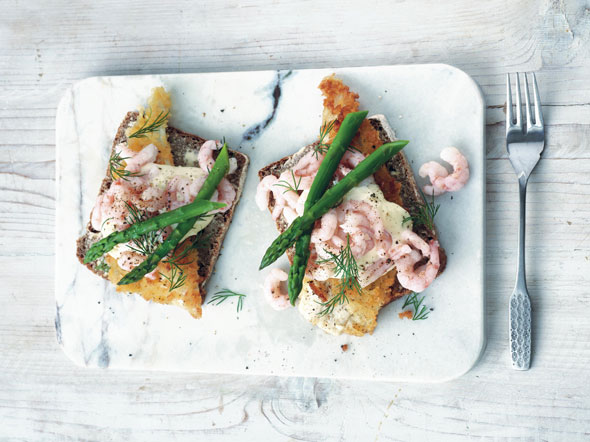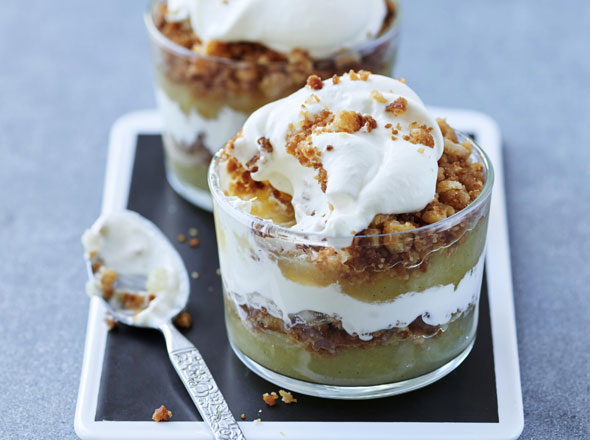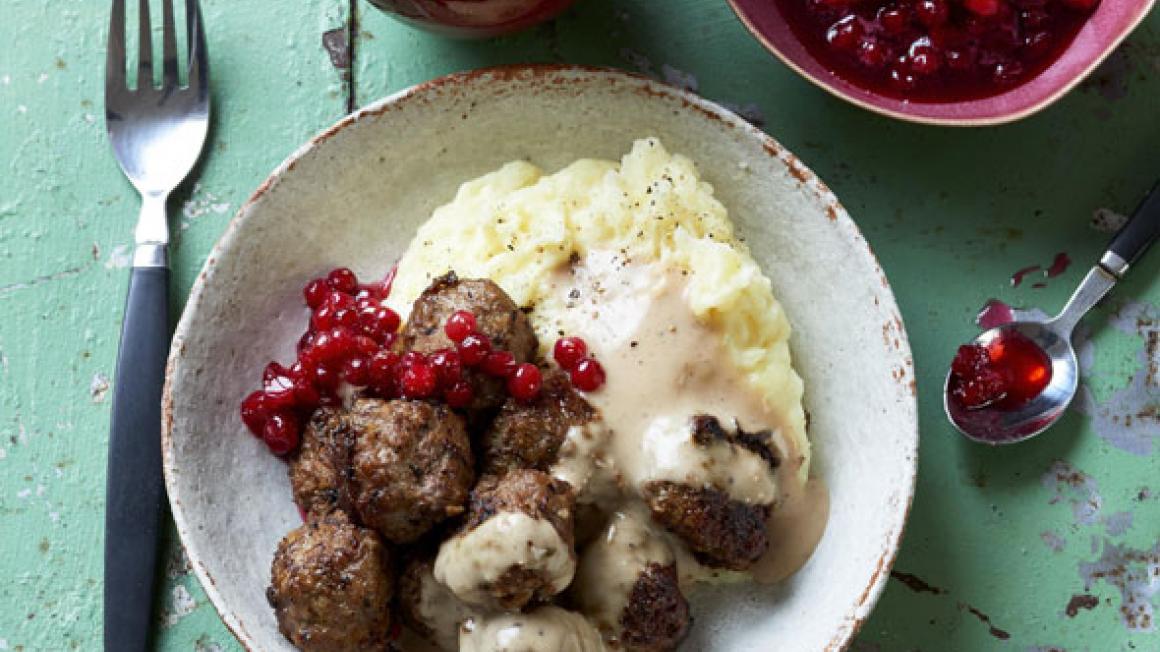ScandiKitchen
Real Swedish meatballs (pictured above)
Serves 6
30g porridge oats or breadcrumbs
150ml meat stock (chicken works well, too)
400g minced/ground beef
250g minced/ground pork (minimum 10% fat)
1 medium egg
2½ tbsp plain flour
pinch of salt
1 tsp ground allspice
½ tsp ground black pepper
½ tsp ground white pepper
a dash of Worcestershire or soy sauce
1 small onion, grated
butter and oil, for frying
mashed potato, to serve
Stirred lingonberries
250g frozen lingonberries (available in some speciality food stores and online)
100g caster/granulated sugar
Cream gravy
1 tbsp plain flour
meat stock
a good glug of single cream
salt and ground black pepper
If using oats, soak them in the meat or chicken stock for 5 minutes.
Mix the minced/ground meat with a good pinch of salt for a couple of minutes in a food processor to ensure it’s blended thoroughly.
Add the egg, flour, spices and Worcestershire or soy sauce to another bowl and mix with the soaked oats or breadcrumbs and grated onion, then add this to the meat mixture.
You’ll have a sticky but malleable mixture. Leave the mixture to rest for 20 to 25 minutes before using.
Heat up a frying pan with a small knob of butter or oil and shape one small meatball. Fry it until done and then taste it. Adjust the seasoning according to taste and fry another meatball to test it until you get it just right.
Shape the individual meatballs in your hands – it helps if your hands are damp. Each meatball should be around 2.5cm in diameter, or it can be larger if you haven’t got time.
Melt a knob of butter in a frying pan with a dash of oil and carefully add a few meatballs – make sure there is plenty of room for you to swivel the pan round and help turn them so they get a uniform round shape and do not stick.
You’ll most likely need to do this in several batches. Cooking time is usually around 5 minutes per batch. Keep in a warm oven until needed.
When your meatballs are done, keep the pan on a medium heat. Ensure you have enough fat in there – if not, add a knob of butter to the pan.
Add a tablespoon of flour and whisk, then add a splash of stock and whisk again as you bring to the boil.
Keep adding stock until you have a good creamy gravy, then add a good dollop of single cream and season well with salt and pepper. The colour of the gravy should be very light brown.
To prepare the stirred lingonberries (rårörda lingon) simply add the caster or granulated sugar and stir.
Leave for a while and then stir again, until the sugar dissolves and the berries have defrosted. You can store any leftover stirred lingonberries in the fridge.
Serve with mashed potatoes.
Fried plaice fillets, prawns and asparagus
Serves 2
butter, plus extra for frying
2 good-sized slices of dark seeded rye bread
1 egg
1 large plaice fillet, cut in half, or 2 smaller fillets
handful of dried breadcrumbs
glug of vegetable oil
To serve
mayonnaise
200g prawns or shrimps
4 green asparagus spears, blanched
sprigs of dill, to garnish
salt and freshly ground black pepper
Butter the bread and set aside on a serving plate.
Whisk the egg briefly with a fork. Dip each fish fillet into the egg mixture, then coat with the breadcrumbs.
Meanwhile, heat a knob of butter and the oil in a frying pan until it’s hot and quickly fry the fillets on each side until they’re done (this will only take a few minutes – just enough to crisp up the breadcrumbs and cook the fish). Transfer the cooked fish to the bread, dollop 1 tablespoon of mayonnaise on top, then add the prawns/shrimp and 2 spears of asparagus. Garnish with sprigs of dill and season with salt and pepper. Serve immediately.
Traditional Danish apple trifle
Serves 4
1kg (approximately 8 to 10) tart apples, such as Bramleys or Granny Smiths, peeled and cored
140g caster/granulated sugar
200ml, plus 1 tbsp, water
seeds from 1 vanilla pod
100g butter
120g dried breadcrumbs
300ml whipping cream
Cut the apples into bite-sized pieces. Add them to a saucepan along with 4 tablespoons of sugar, the water and vanilla and cook over a gentle heat until completely soft – around 20 minutes. Add more water if needed during cooking. Leave to cool completely.
In a frying pan, melt the butter, then add the remaining sugar and stir. Add the breadcrumbs and keep stirring until the mixture is toasted through. Be careful, though, because the breadcrumbs burn easily.
When crispy, remove from the heat and spread on a plate. As the breadcrumbs cool, use your fingers to ensure that they don’t stick in clumps.
Whip the cream until stiff peaks form.
Layer your trifle, beginning with a layer of apple, then the breadcrumbs followed by a layer of cream. Add a larger layer of apple and finish with the breadcrumbs (save a few to decorate). Top with the remaining whipped cream and decorate with the remaining breadcrumbs.
Opinion is divided about when to serve this. Some people choose to serve it straight away while the breadcrumbs are still crunchy. However, in Mamma Lena’s kitchen, we prefer to wait a few hours until the trifle has settled.
The ScandiKitchen, by Brontë Aurell, with photography by Peter Cassidy, is published by Ryland Peters & Small, priced £16.99.


